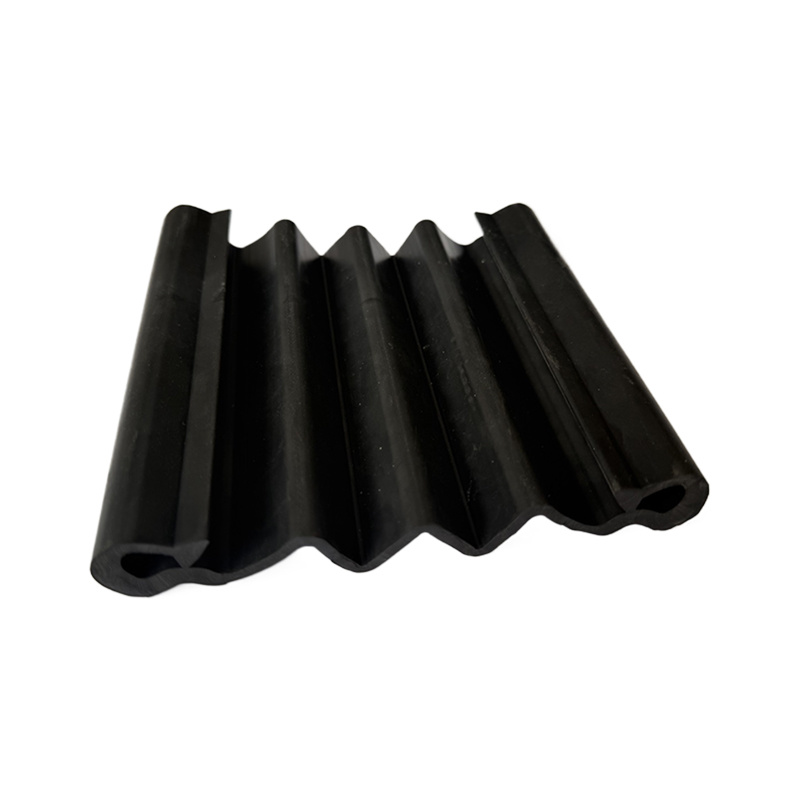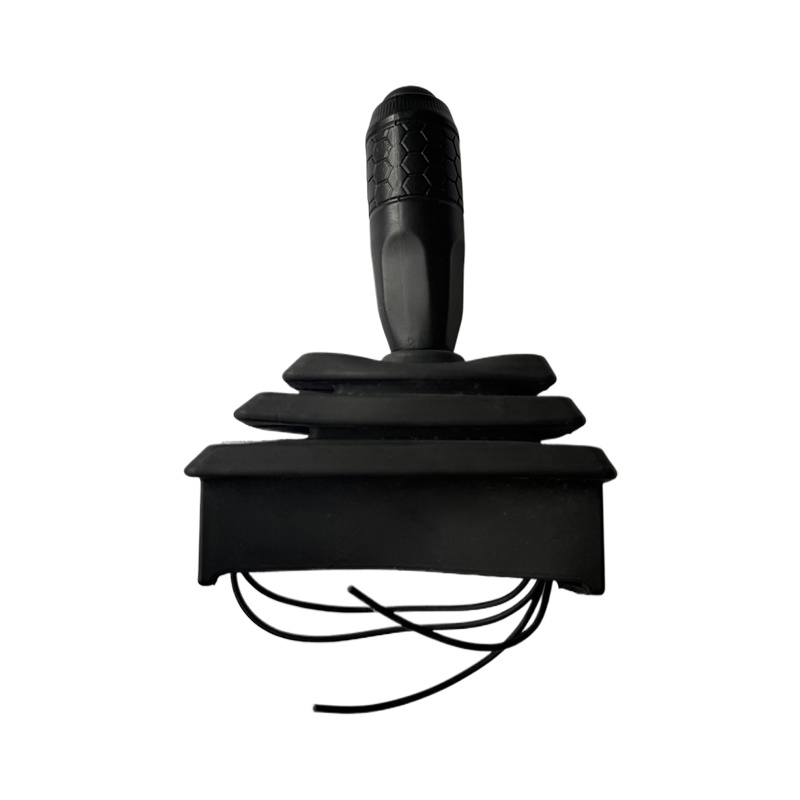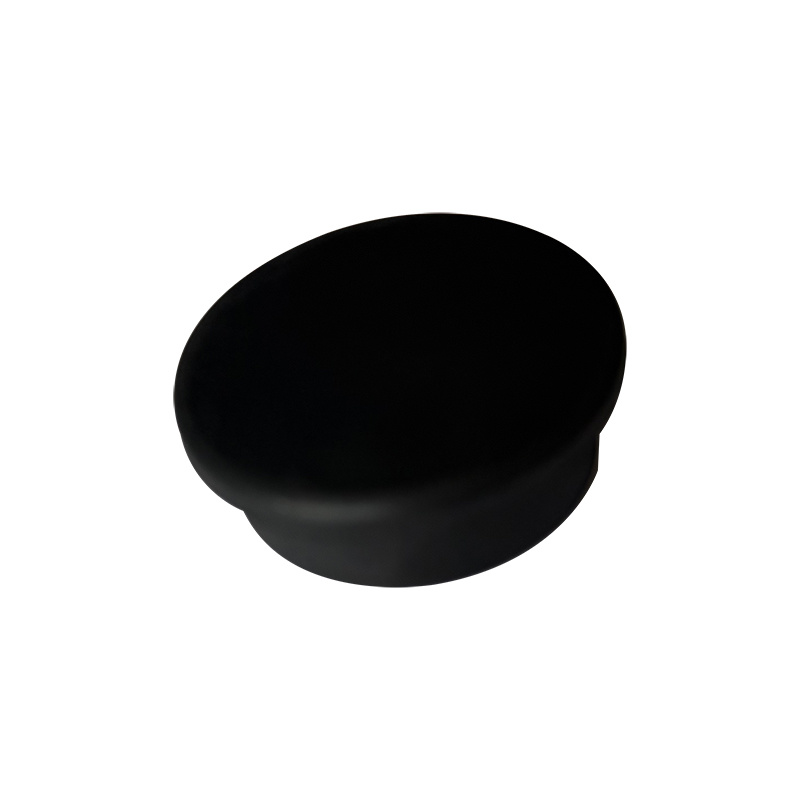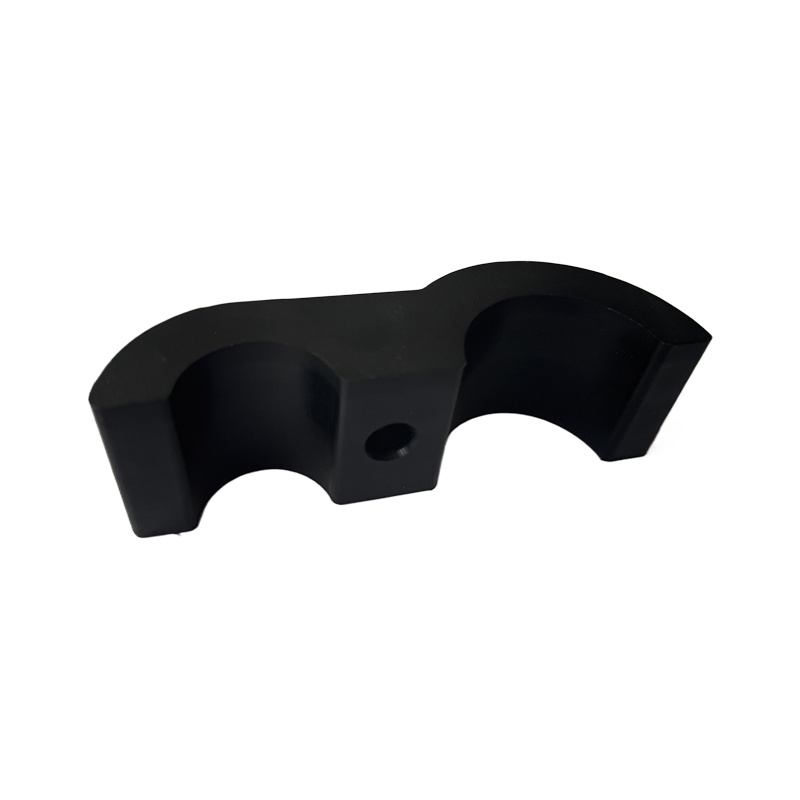Rubber cap
Rubber caps in auto parts typically refer to small rubber components installed in various locations on a vehicle to seal, dustproof, waterproof, or protect certain components.
Tag:
Keyword:
Product Details
Rubber caps in auto parts usually refer to small rubber components installed in various parts of a car to seal, dustproof, waterproof, or protect certain components. Due to their soft material, good elasticity, corrosion resistance, and wear resistance, these rubber caps play an important role in automobile manufacturing and maintenance. The following is a detailed introduction to rubber caps in auto parts:
Main Functions of Rubber Caps
1. Sealing: Rubber caps can effectively prevent liquid or gas leakage, ensuring the normal operation of the car's internal systems. For example, rubber caps are installed at the interfaces of certain liquid pipes in the engine compartment to prevent leakage of oil, coolant, etc.
2. Dust and Water Proofing: In external or undercarriage areas of the car, rubber caps can prevent dust and water from entering, protecting internal parts from damage. This is crucial for extending the service life of the car and maintaining vehicle performance.
3. Protective Function: Some rubber caps also protect wires, cables, or pipes from physical damage. For example, at the car door hinges or under the chassis, rubber caps can cover exposed wires or pipes, preventing damage from friction or impact.
Common Types of Rubber Caps
1. Oil Pipe Rubber Caps: Used for sealing oil pipe interfaces to prevent oil leakage.
2. Cable Rubber Caps: Used for end protection of wires or cables, preventing moisture and dust from entering.
3. Screw Hole Rubber Caps: Installed on unused screw holes to prevent dust and moisture from entering the vehicle interior.
4. Exhaust System Rubber Caps: Used for sealing the exhaust system to ensure smooth and leak-free exhaust.
5. Other Specialized Rubber Caps: Such as specialized rubber caps for brake systems, steering systems, cooling systems, etc., designed according to their specific functions.
Selection and Installation Precautions for Rubber Caps
1. Selection Precautions:
- Ensure that the selected rubber cap matches the car model and the required part.
- Check that the material, elasticity, and sealing performance of the rubber cap meet the requirements.
- Choose reputable brands and channels to purchase to ensure reliable product quality.
2. Installation Precautions:
- Before installation, ensure that the installation area is clean, free of oil stains and impurities.
- Install according to the correct installation method and steps, ensuring that the rubber cap fits snugly with the installation area.
- After installation, check that the rubber cap is securely installed and there is no looseness or leakage.
Maintenance and Replacement of Rubber Caps
1. Regular Inspection: Regularly inspect the car, including all sealing components, including rubber caps, to ensure they are in good condition.
2. Timely Replacement: If the rubber cap is found to be aged, cracked, or damaged, it should be replaced with a new rubber cap in time to prevent failures or accidents caused by poor sealing.
3. Keep Clean: Keep the rubber cap and its installation area clean to prevent dust and moisture accumulation from causing corrosion or damage.
In summary, although rubber caps in auto parts are small, they play a significant role. Correctly selecting, installing, and maintaining rubber caps is important for ensuring the normal operation of the car and extending its service life.
Related recommend Products













